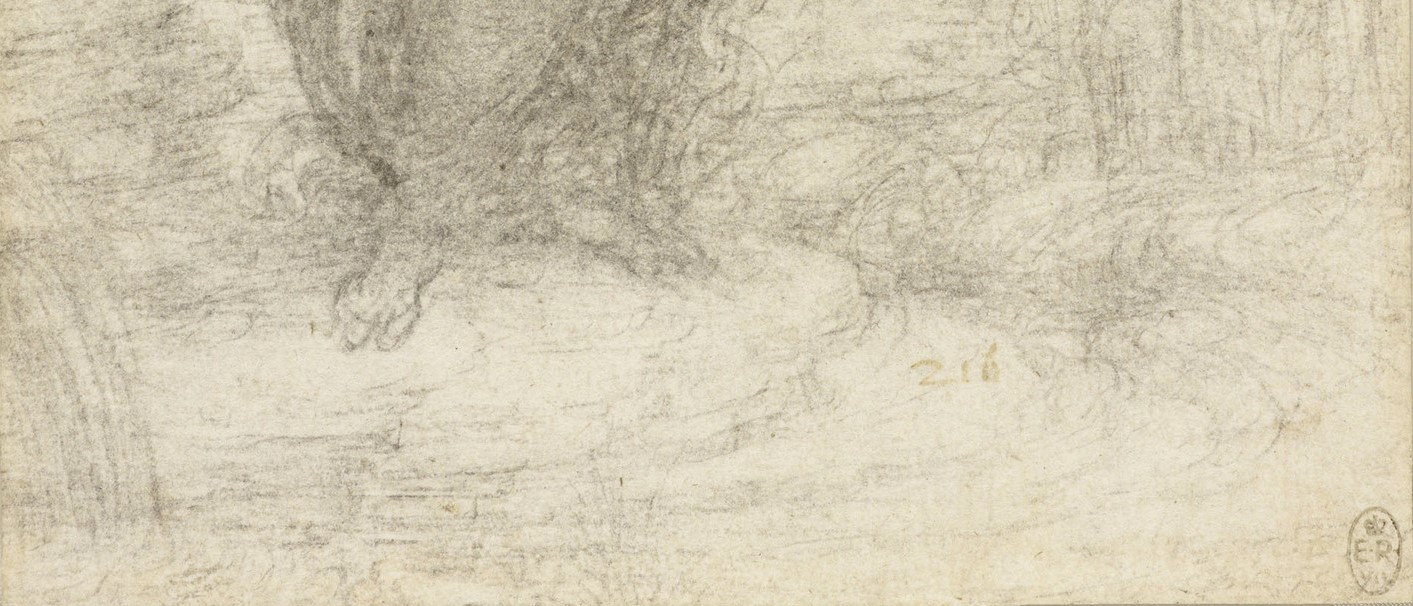The Mindful Mona Lisa: Organic Networks of Technology, Humanity, and Nature

To appreciate the urgency and clarity with which Leonardo understood the danger humans pose to life on this planet one need only read the following “profezia” or prediction:
Animals will be seen on the earth who will always be fighting against each other with the greatest loss and frequent deaths on each side. And there will be no end to their malignity; by their strong limbs we shall see a great portion of the trees of the vast forests laid low throughout the universe; and, when they are filled with food the satisfaction of their desires will be to deal death and grief and labour and wars and fury to every living thing; and from their immoderate pride they will desire to rise towards heaven, but the too great weight of their limbs will keep them down. Nothing will remain on earth, or under the earth or in the waters which will not be persecuted, disturbed and spoiled, and those of one country removed into another. And their bodies will become the sepulture and means of transit of all they have killed.
O Earth! why dost thou not open and engulf them in the fissures of thy vast abyss and caverns, and no longer display in the sight of heaven such a cruel and horrible monster.
It is in the context of this warning, fear, and implicit hope that we must understand Leonardo’s concept of Esperienza as the true maestra of the sciences and arts.
Walter Pater wrote his essay “Diaphaneitè” in 1864 describing an idealized worldview beyond Victorian certainty and productive rationale. An indeterminate character, this principle of aesthetic intellect formed in Pater’s view the basis of both resilience and renewal. Its attuned and interconnected yet autonomous nature was the best choice, Pater argued, for modernity’s baseline or prevailing personality type, and he ends declaring “A majority of such would be the regeneration of the world.” In his later 1873 work The Renaissance Pater would shift focus but write similarly of human experience embedded uncoercively in the world’s life around it, exemplified by Leonardo.
Olga Tokarczuk’s 2022 essay “Ognosia” -- also a coinage -- has many parallels to "Diaphaneitè" in its view of the world “as a loose, organic network structure.” Her unique concept of indeterminacy in expression and cognition “focuses on extra-cause-and-effect and extralogical chains of events.” Both experience and Leonardo are notable themes.
We can today consider something similar to Diaphaneitè, Ognosia, or both as we envision the emergence from Modernity into Sustainability, balancing our discretionary use of technology with the currents and gravity of nature and the cultural past. This improvised adaptation reflects what Leonardo called “Necessita,” “Necessity,” the “the theme and the inventress, the eternal curb and law of nature.”
Moreover, Leonardo wrote subtly but profoundly regarding the artistic use of technology: “the artist of the future will wear garments ornamented according to their pleasure, and wield the lightest of brushes with charming colors.” Today this means that in addition to freedom of expression and access we must remain aware that technical innovations like GPT, AGI, etc. function best not as replacements for human capabilities – for Esperienza – but rather as threads woven by humanity into the fabric or matrix we both wear and traverse as garment, habitation, and chosen path.
This awareness is the synaptic, moving balance at the center of virtually all contemplative and cultural traditions, infusing their topology and networks through time.
Next blog: whales, weaving, and Marius the Epicurean
